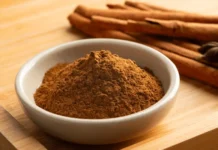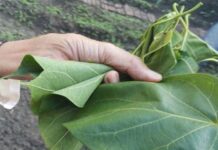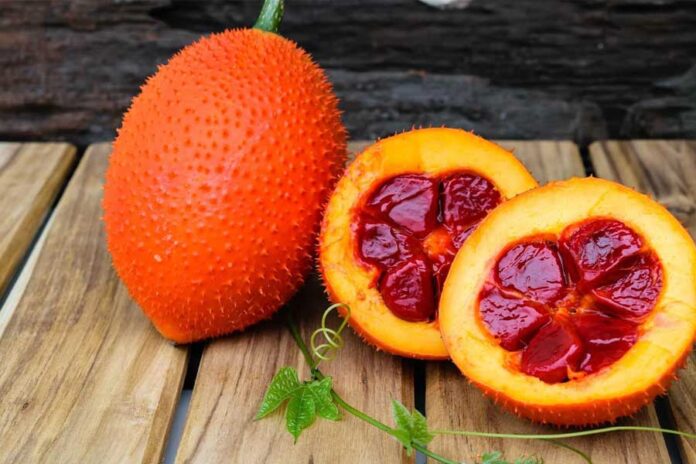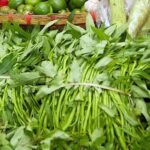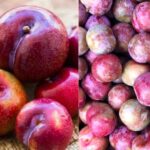Gac – A Little-Known Nutritional Treasure
Gac (Momordica cochinchinensis), a fruit native to tropical regions, is commonly cultivated in the northern and central provinces of Vietnam. Beneath its rough, orange-red exterior lies a treasure trove of some of the most valuable nutrients in the plant kingdom.
According to research conducted by the Vietnam Institute of Nutrition, the gac fruit contains 40 times more vitamin C than oranges and nearly 10 times more than carrots. Additionally, gac is rich in beta-carotene (pro-vitamin A) and lycopene, two powerful antioxidants known for their ability to slow down the aging process, protect eyesight, and shield the skin from environmental damage.
Trương Thanh, a nutrition expert at the Beijing Food Research Institute in China, asserts, “Gac is an extraordinary fruit with an exceptional concentration of natural nutrients. Incorporating gac into your daily diet can boost immunity and protect against free radical-induced diseases, particularly cardiovascular ailments and age-related macular degeneration.”
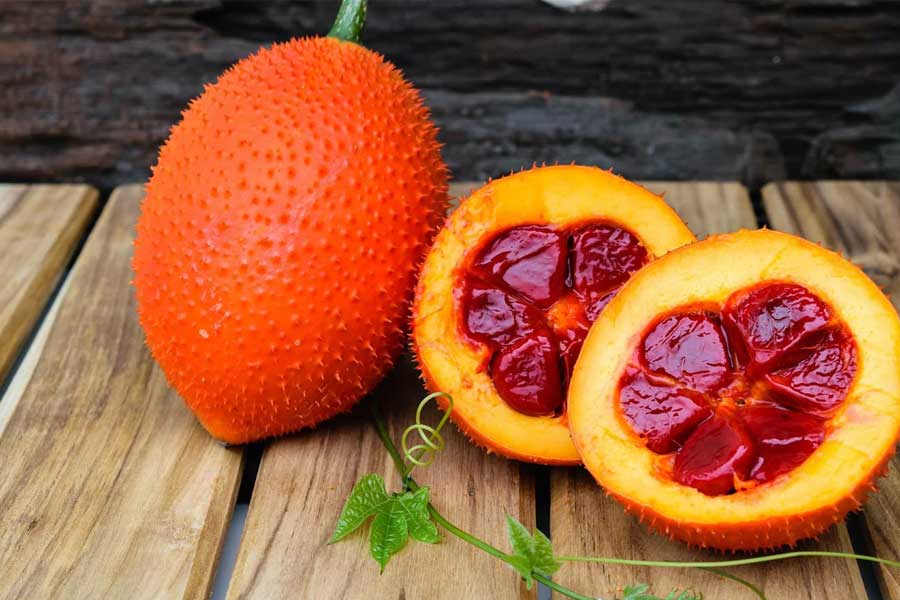
Vietnam: From Local Gac to a Billion-Dollar Export
Who would have thought that the fruit associated with traditional Vietnamese sticky rice (“xoi gac”) would become a promising export commodity for Vietnamese agriculture? According to statistics from the Ministry of Agriculture and Rural Development, Vietnam exports thousands of tons of fresh gac, gac oil, and gac-derived products annually to demanding markets such as Japan, South Korea, China, Germany, and France.
The allure of Vietnamese gac lies in its superior quality. Most gac fruits are cultivated naturally without the use of chemicals, resulting in vibrant colors, robust flavors, and high nutritional content. Many businesses have invested in deep processing, producing pure gac oil and gac capsules for export, significantly increasing the economic value compared to selling fresh fruit.
Le Van Thanh, director of an agricultural export company in Hanoi, shared, “Vietnamese gac, especially in the form of gac oil or gac powder, is highly sought-after in international markets. Our partners abroad appreciate our products for their consistent quality, food safety assurances, and exceptional nutritional value.”
Incorporating Gac into Your Diet – A Small Step for Big Health Benefits
Gac is not only used in the traditional sticky rice dish but has also found its way into modern kitchens, where creative chefs incorporate it into a variety of delicious and nutritious meals. You can add gac to smoothies with bananas and yogurt, cook gac soup with minced meat, or make your own gac oil to dress salads or cook porridge for your little ones.
Thu Hang, a 35-year-old resident of Hanoi, shared her experience: “Ever since I learned about the amazing benefits of gac, I’ve been making sticky rice with gac or adding gac oil to my family’s meals. It’s not only delicious but also a great way to boost our natural vitamin C intake.”
Nutrition experts recommend combining gac with a small amount of oil or natural fat to enhance the absorption of beta-carotene and lycopene, ensuring maximum health benefits from these oil-soluble nutrients.
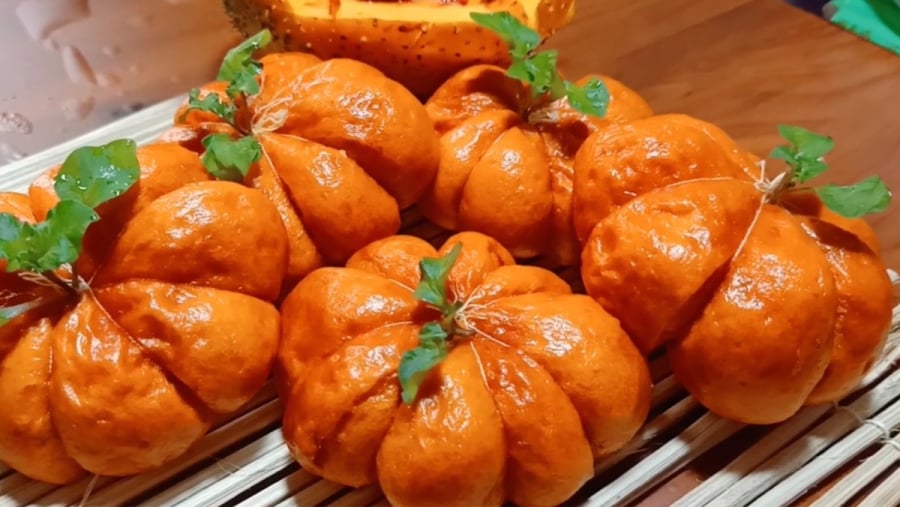
Tips for Selecting and Storing Gac
When purchasing gac, choose fruits with a bright orange-red color, slightly soft skin, evenly spread spines, and a solid feel. Naturally ripened gac will have a subtle fragrance, and the flesh will be soft, supple, and a vibrant red.
If you’re not using the gac right away, you can store it in the refrigerator for 3-5 days. Once cut, it’s best to consume it within 1-2 days, or you can separate the aril (flesh) and store it in an airtight container in the freezer for later use.
Conclusion
Gac, a seemingly ordinary fruit, holds a treasure of nutritional benefits that nature has graciously bestowed upon us. By incorporating gac into our daily diets, we not only preserve the culinary heritage of our homeland but also actively contribute to the well-being of ourselves and our loved ones. And it is a matter of pride that this humble fruit is helping to introduce Vietnamese agricultural products to the world.




